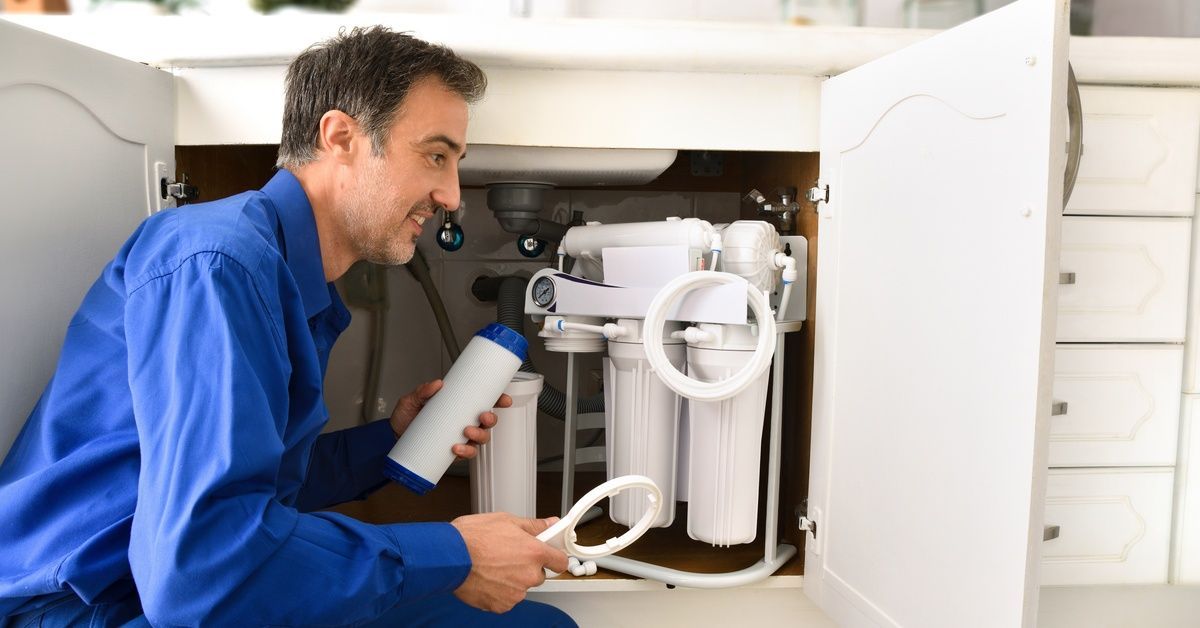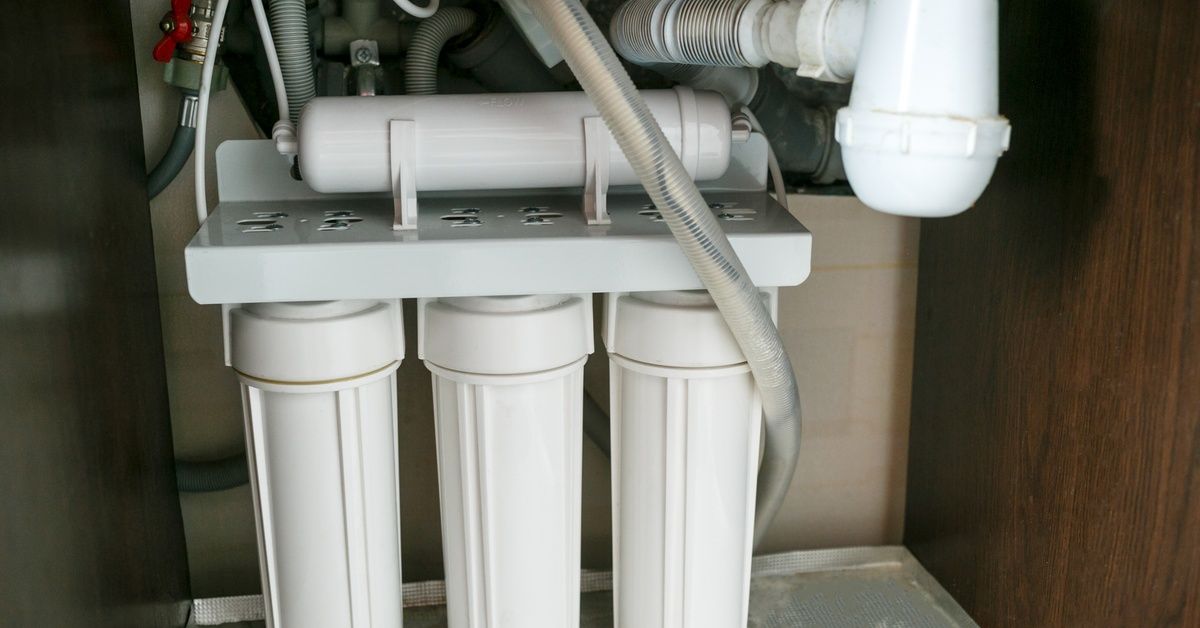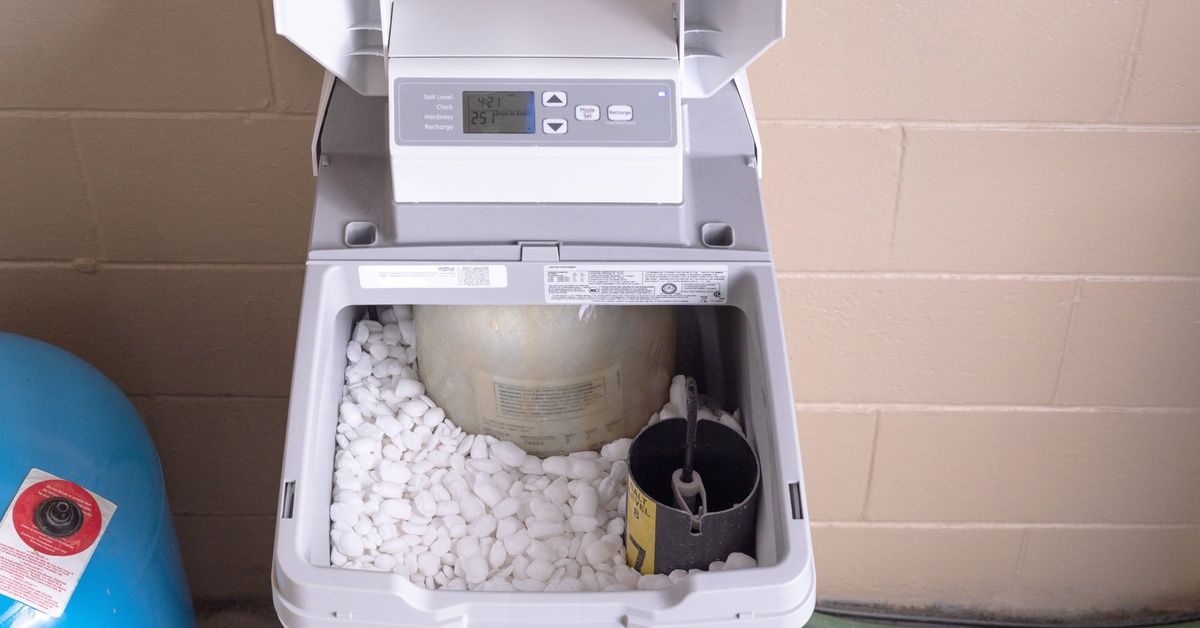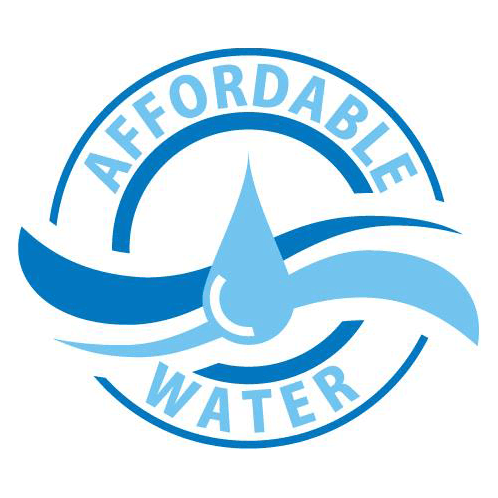Reverse Osmosis Maintenance Tips for First-Time Owners
Reverse osmosis (RO) systems are a popular choice for individuals wanting cleaner, better-tasting water in their homes. These systems work by filtering out impurities, particles, and contaminants to improve water quality and safety.
For first-time owners, understanding key reverse osmosis system maintenance tips is essential to ensure that it performs efficiently and provides the highest quality water. Read on to learn how to care for your system so you can enjoy consistent, reliable filtration for years to come.
Why Regular Maintenance Is Essential

Proper maintenance is crucial for sustaining the performance of your reverse osmosis system. Without consistent care, the system can experience reduced efficiency, accumulate bacteria, or even fail entirely.
Regular upkeep not only ensures clean water but also extends the lifespan of various components, potentially saving you from costly repairs or replacements down the line. As an added bonus, consistent maintenance helps maintain the taste and quality of your drinking water, providing peace of mind that you're giving your family the best.
Monitor Water Quality Regularly
One of the easiest ways to ensure that your RO system is functioning effectively is by monitoring the water quality in your home or business. Pay close attention to the taste, smell, and clarity of the water your system produces. Any noticeable changes can indicate a problem, whether it’s a clogged filter or an issue with the membrane. By staying vigilant, you'll catch problems early and maintain the pristine water quality that your RO system is designed to provide.
Change Filters on Schedule
The filters in your RO system play a crucial role in removing sediment, chemicals, and other contaminants from your water supply. Over time, these filters can become clogged or lose their effectiveness, making it essential to replace them on schedule. Neglecting filter changes will lead to lower water quality, put unnecessary strain on other components, and shorten the lifespan of your system.
Here's a closer look at how to maintain each key filter.
Sediment Filters
Sediment filters trap larger particles like dirt, rust, and other debris to prevent them from reaching and damaging the more sensitive components of your RO system. These filters are the system’s first line of defense; inspecting and replacing them on a regular basis helps keep the carbon filter and the membrane in good shape.
Because of this, sediment filters require regular maintenance to maintain system efficiency. Aim to replace sediment filters every 6-12 months or sooner if you notice reduced water flow or visible buildup in the filter housing.
Carbon Filters
Carbon filters are responsible for removing chlorine, lead, pesticides, and other contaminates from your water. In addition to keeping the water fresh and safe, it also eliminates bad taste and unwanted odor, making every glass more enjoyable. Carbon filters also protect the RO membrane from damage caused by chlorine exposure, which can degrade its material.
Typically, carbon filters need to be replaced every 6 to 12 months, depending on your system’s usage and manufacturer recommendations. Keep track of the replacement dates to ensure the carbon filter is always performing at its best.
Reverse Osmosis Membranes
The RO membrane is the final step in the filtration process. This pressurized, semipermeable membrane filters out all remaining impurities, including dissolved substances like salts and minerals. The fresh water continues through the system to your faucets, leaving the contaminated water behind for disposal or further treatment.
Unlike the other filters, the RO membrane typically lasts two to three years, depending on water quality and usage. However, regular pre-filter maintenance is critical to ensuring the membrane’s longevity, as unfiltered sediment or chlorine can damage it over time. Monitor the system’s performance to determine when the membrane needs replacing, and don't hesitate to act if water quality begins to decline.
Sanitize the System Annually

Sanitizing your RO system is essential for preventing bacterial growth inside the system’s components, which can impact water quality and pose health risks. This process is usually performed once a year and involves disassembling the system and cleaning each part thoroughly to disinfect the storage tank and tubing.
To start, disconnect the system from the water supply and follow the manufacturer's instructions for disassembling the components. Flush the system thoroughly after using sanitizer to ensure no chemical residue remains. Proper sanitization not only keeps your water clean but also extends the life of your system by preventing buildup and blockages.
Check Tank Pressure
Your RO system’s storage tank relies on pressure to deliver water efficiently. If the tank pressure is too high or too low, it can disrupt the water flow and reduce the system's effectiveness. Checking the tank’s air pressure every 6 to 12 months is one of the most important reverse osmosis maintenance tips for first-time owners.
To check the pressure, turn off the water supply and drain the tank completely. Using a pressure gauge, measure the air pressure at the tank’s valve. Consult your system’s manual to see the recommended pressure levels. Adjust the pressure as needed using a pump or release valve. Keeping the tank pressure balanced will ensure consistent water flow and prevent unnecessary wear on the system.
Inspect Faucets and Connections
Loose or damaged faucets and connections can lead to leaks, reduced efficiency, or contamination of your water. Regularly inspect all the system’s components, including the tubing, fittings, and faucet, for signs of wear, cracks, or leaks. Tighten any loose connections and replace parts that appear damaged to prevent problems from escalating.
Don’t forget to check under the sink where your system is installed. Even small leaks can cause significant water damage over time, so it’s important to catch and address them as soon as possible. Staying proactive with these inspections will help keep your system running smoothly and your home protected.
Keep the System Free of Debris
Dust, dirt, and debris can accumulate around and within your RO system, potentially interfering with its performance. Regularly clean the exterior of the system and ensure that the area around it remains free of clutter. If your system has a built-in filter housing, inspect and clean it periodically to remove trapped debris before it becomes a problem.
Additionally, make sure the system’s tubing and components are not tangled or obstructed, as this can hinder water flow and reduce efficiency. A clean and organized setup not only looks better but also contributes to the overall reliability of your RO system.
Maintaining Your RO System for Long-Term Benefits
Routine maintenance is key to getting the most out of your reverse osmosis drinking water system. By following these practical tips, you’ll ensure consistent water quality, extend the life of your system, and avoid costly repairs or replacements. Need help keeping your system in top condition? Talk to the team at Affordable Water today and see how we can help you preserve and improve water quality for your property.








Share On: